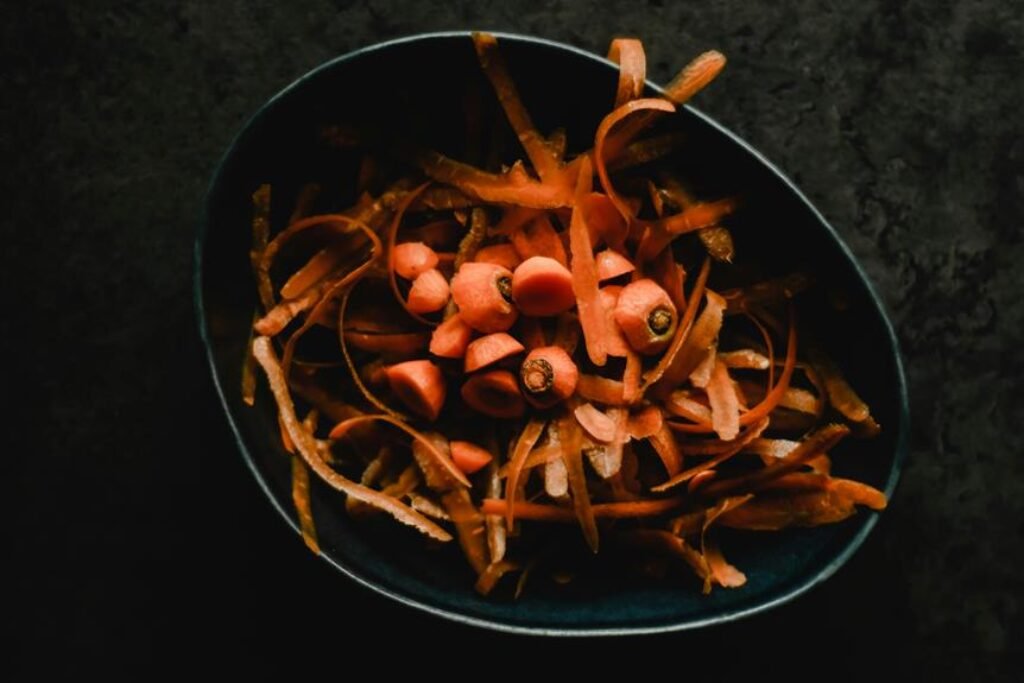
When composting kitchen scraps, you need to consider various factors to ensure successful decomposition. From selecting the right container to managing moisture levels and troubleshooting common issues, each step plays a crucial role in your composting journey. By following these top tips, you can turn your kitchen waste into nutrient-rich soil for your plants. But there’s one key aspect that ties everything together and can make or break your composting efforts. Want to know what it is? Keep on reading to uncover this essential tip that can elevate your composting game to the next level.
Choosing the Right Container
When starting your composting journey, selecting the appropriate container is crucial for successful decomposition. The container you choose will play a significant role in how efficiently your kitchen scraps turn into nutrient-rich soil for your plants. Consider the size of your household and the amount of waste produced daily. A smaller container may be sufficient for a single person or couple, while larger families might require a bigger bin.
Opt for a container with a tight-fitting lid to keep pests out and odors in check. This will help maintain a pleasant environment in your kitchen while the scraps break down. Additionally, look for a container that’s easy to clean to prevent any build-up of bacteria or mold.
Ventilation is also key to successful composting. Choose a container with adequate airflow to promote decomposition. Some containers come with built-in aeration systems, or you can modify your bin to ensure proper ventilation. By selecting the right container from the start, you set yourself up for a smoother composting process.
Balancing Greens and Browns
To ensure successful composting of your kitchen scraps, maintaining a proper balance between greens and browns is essential. Greens, such as fruit and vegetable scraps, provide nitrogen for the compost pile. Browns, like dry leaves or newspaper, supply carbon. A good rule of thumb is to aim for a ratio of roughly 2 parts browns to 1 part greens. This balance is crucial as too many greens can result in a smelly, slimy mess, while an excess of browns can slow down the composting process.
When adding kitchen scraps, layer them with browns to create a well-balanced mixture. For example, cover your food waste with a layer of shredded newspaper or dried leaves. By alternating between greens and browns, you promote airflow and prevent the pile from becoming compacted. Remember to chop up larger scraps to speed up decomposition and mix the pile regularly to ensure even distribution of materials.
Managing Moisture Levels
Maintain an appropriate moisture level to ensure efficient decomposition of your compost pile. Adequate moisture is crucial for the composting process. Your compost pile should feel like a damp sponge; not too dry that it doesn’t break down, and not too wet that it becomes slimy.
To manage moisture effectively, consider the weather conditions in your area. During hot and dry periods, you may need to water your pile occasionally. Conversely, if it’s rainy or humid, cover your pile to prevent excessive moisture buildup. Remember to mix the materials in your compost regularly to distribute moisture evenly.
A balanced moisture level provides an ideal environment for microorganisms to thrive and break down organic matter efficiently. Monitoring the moisture content by feeling the texture of your compost and adjusting as needed will help you maintain a healthy and productive compost pile.
Turning and Aerating the Pile
For optimal decomposition and aeration of your compost pile, regularly turn the materials using a pitchfork or shovel. Turning the pile introduces oxygen, which is essential for the breakdown of organic matter. When you aerate the compost, you create air pockets that help beneficial microorganisms thrive and break down the materials more effectively.
Aerating the pile also helps prevent it from becoming compacted, which can slow down the composting process. Turning the pile every one to two weeks is generally recommended, but you may need to adjust the frequency based on factors like the size of your pile, the materials used, and environmental conditions.
To ensure thorough aeration, insert the pitchfork or shovel into the pile and lift and turn the materials gently. Avoid compacting the pile while turning it, as this can impede airflow. Aim to mix the outer and inner materials to distribute moisture and microorganisms evenly throughout the compost. By regularly turning and aerating your compost pile, you can speed up the decomposition process and produce nutrient-rich compost for your garden.
Troubleshooting Common Issues
If you encounter issues with your compost pile, troubleshoot common problems to ensure successful decomposition.
One common problem is a smelly compost pile, which can indicate anaerobic conditions. To fix this, turn the pile more frequently to add oxygen and consider adding more dry materials like leaves or shredded paper to balance moisture levels.
Another issue could be a slow decomposition process, which might be due to a lack of nitrogen. Increase the amount of green materials like fruit and vegetable scraps to provide the necessary nitrogen for microbial activity.
If you notice pests in your compost, such as flies or rodents, avoid adding meat or dairy products, as they can attract these unwanted visitors. Additionally, make sure your pile is properly covered to deter pests.
Finally, if your compost pile is too dry and not breaking down properly, water it lightly to increase moisture levels and aid in decomposition.
Trending Products














